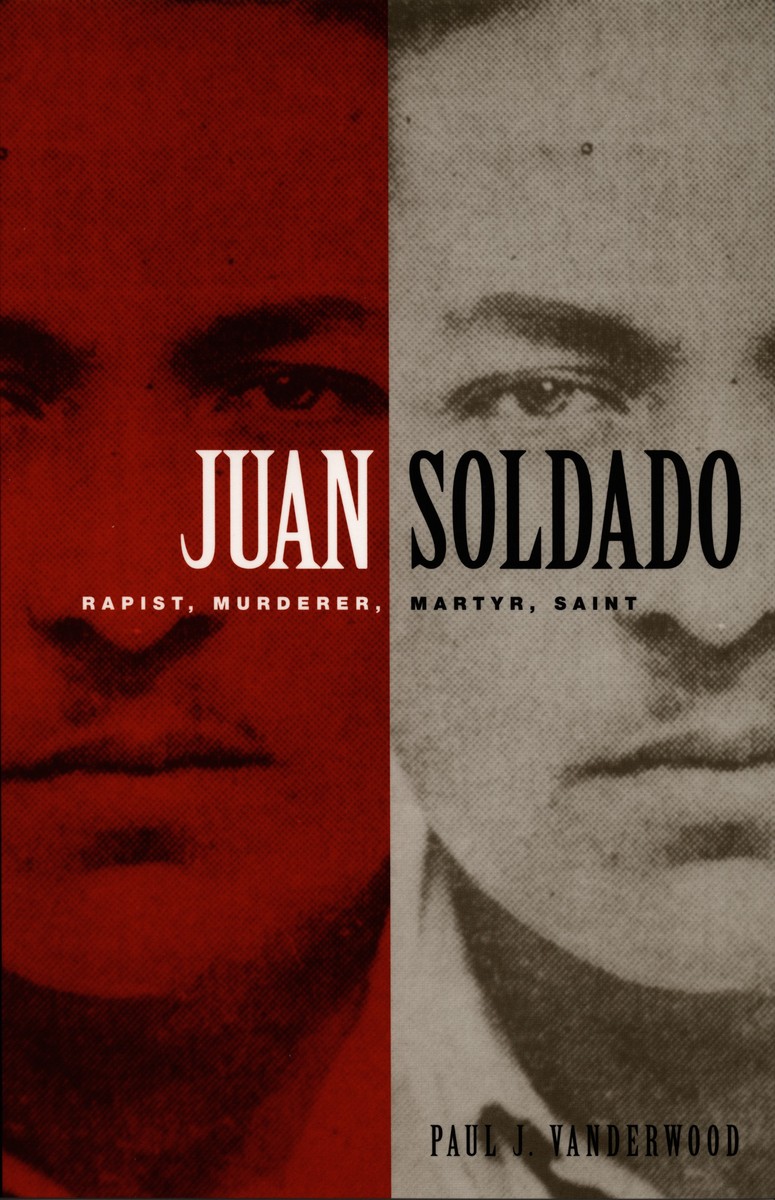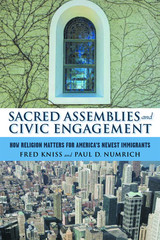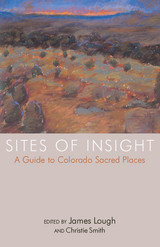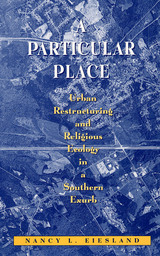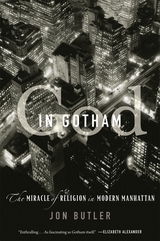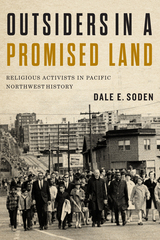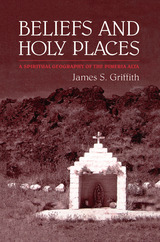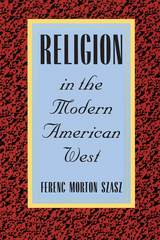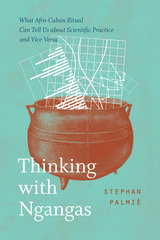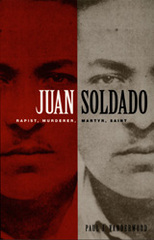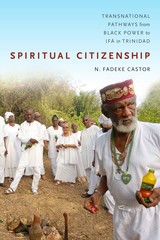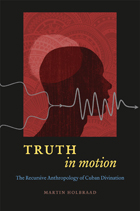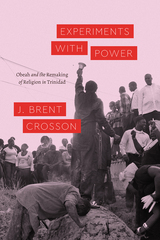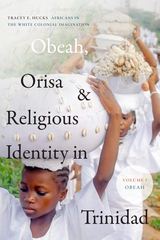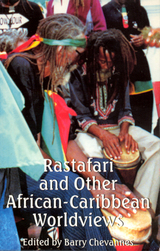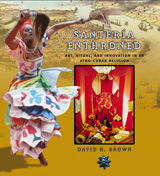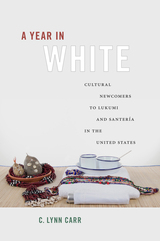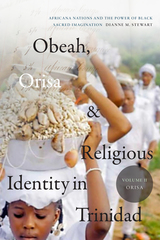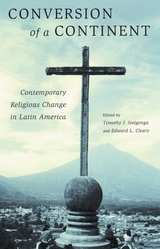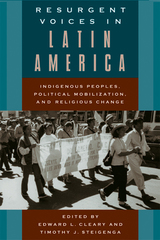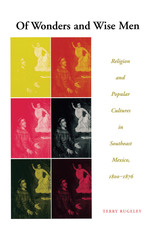eISBN: 978-0-8223-8633-9 | Cloth: 978-0-8223-3404-0 | Paper: 978-0-8223-3415-6
Library of Congress Classification BL2530.M4V36 2004
Dewey Decimal Classification 972.23
In addition to conducting extensive archival research, Vanderwood interviewed central actors in the events of 1938, including Olga Camacho’s mother, citizens who rioted to demand Morales’s release to a lynch mob, those who witnessed his execution, and some of the earliest believers in his miraculous powers. Vanderwood also interviewed many present-day visitors to the shrine at Morales’s grave. He describes them, their petitions—for favors such as health, a good marriage, or safe passage into the United States—and how they reconcile their belief in Juan Soldado with their Catholicism. Vanderwood puts the events of 1938 within the context of Depression-era Tijuana and he locates people’s devotion, then and now, within the history of extra-institutional religious activity. In Juan Soldado, a gripping true-crime mystery opens up into a much larger and more elusive mystery of faith and belief.
See other books on: -1938 | Cult | Joseph, Gilbert M. | Religious life and customs | Rosenberg, Emily S.
See other titles from Duke University Press
